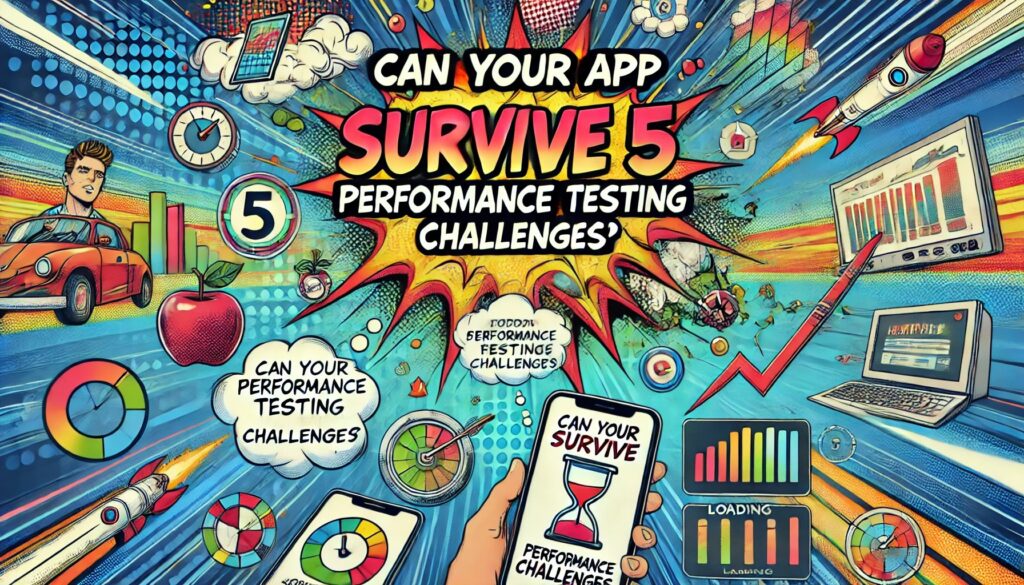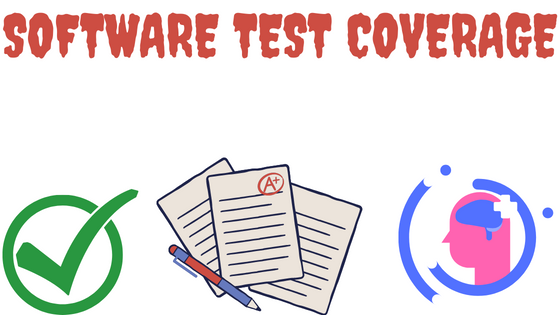Table of Contents
Will Your App Break Under Pressure?
It was the launch day for the most anticipated app of the year. Months of coding, design revisions, and endless testing had all led up to this moment. The team was confident—they had checked every box and squashed every bug.
But within minutes of going live, disaster struck. Users flooded in, and suddenly, the app began to slow down. Screens froze, pages wouldn’t load, and frustrated users abandoned the app in droves.
What went wrong? Despite all their testing, they missed one crucial factor: performance under pressure.
If this sounds like a nightmare, you’re not alone. Many apps fail when faced with real-world traffic. But it doesn’t have to be this way.
Today, we’re daring you to push your app to its limits with five essential performance testing challenges. Will your app stand tall or crumble under the load? Let’s find out.
1. The Hidden Power of Load Testing: Will Your App Break Under Pressure?
No one expects their app to break under a sudden surge of users—but it happens all too often. Load testing is the shield that can protect you from this common pitfall. By simulating heavy traffic, you can identify potential cracks before they escalate into full-blown failures.

How to Conduct Effective Load Testing:
- Use tools like Apache JMeter or LoadRunner to create real-world traffic scenarios.
- Start small and gradually increase the load to identify breaking points.
- Measure response times, server load, and other critical metrics.
“Performance is not just about surviving; it’s about thriving under any condition.” – Anonymous
Read our blog Test Automation with AI or How Automation Testing Speeds Up Your Release Cycle to discuss the role of automation in creating efficient load tests.
2. Stress Testing: Can Your App Handle Extreme Conditions?
Stress testing goes beyond normal usage to push your app to its limits. The goal? To see how your app behaves under extreme conditions. From power outages to unexpected spikes in traffic, this challenge reveals how resilient your app truly is.
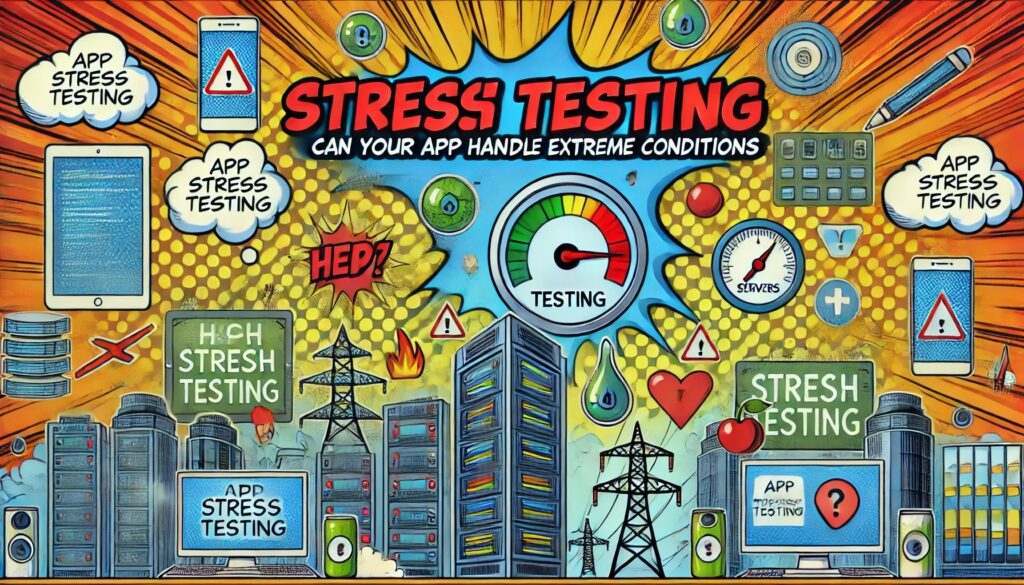
Key Stress Testing Strategies:
- Simulate extreme traffic spikes far beyond expected usage.
- Test for scenarios like database failures, server crashes, or slow internet connections.
- Implement recovery mechanisms to handle failure gracefully.
Read our blog Regression Testing: Why It’s Crucial, discussing how regression testing complements stress testing by ensuring functionality doesn’t break under pressure.
3. The Bottleneck Dilemma: Can You Pinpoint Your App’s Weakest Link?
Every app has a bottleneck—whether it’s a slow-loading page or a server that’s unable to keep up with demand. Finding and fixing these bottlenecks is crucial to delivering a seamless user experience. But where should you look?
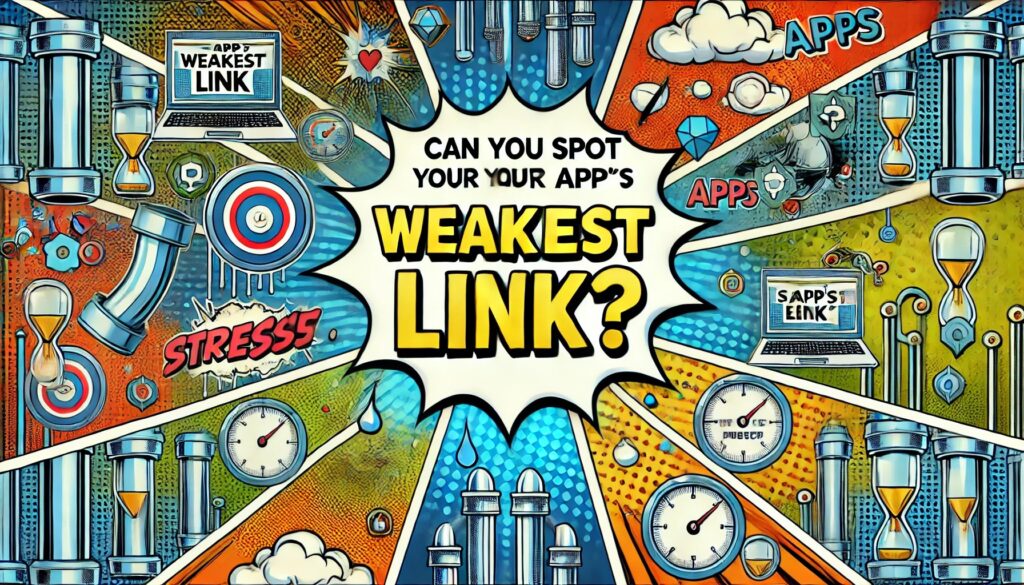
Identifying Bottlenecks:
- Use performance monitoring tools like New Relic or AppDynamics.
- Focus on database performance, server capacity, and API response times.
- Analyze user feedback for pain points.
Read our blog Common Software Testing Mistakes, highlighting common mistakes that lead to undetected bottlenecks.
4. Scalability: Is Your App Ready to Grow?
Your app may work perfectly with 1,000 users, but can it handle 100,000? Scalability is about ensuring your app can grow without compromising performance. Without this, rapid growth can cripple your entire infrastructure.
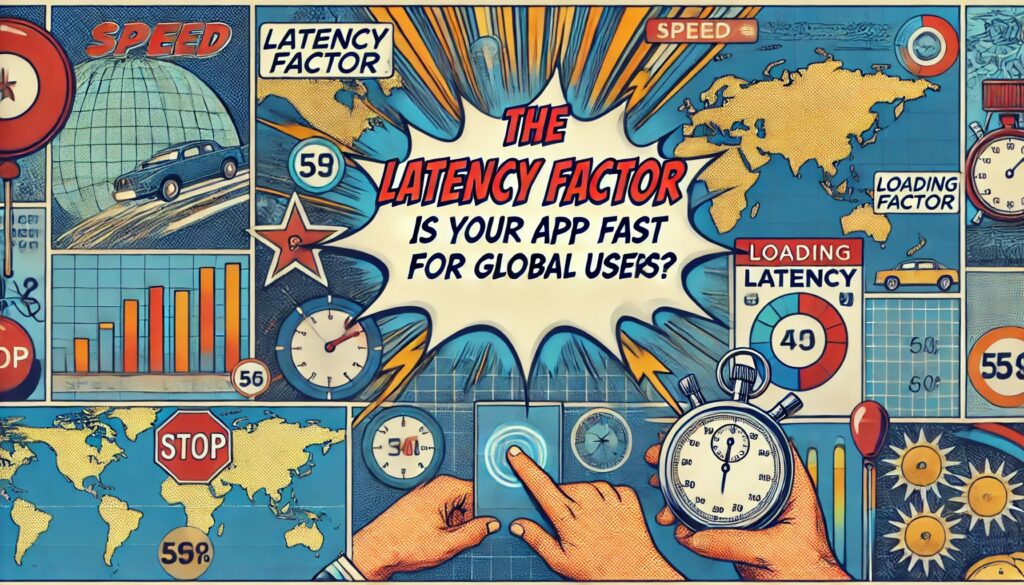
Scalability Best Practices:
- Use cloud services like AWS or Google Cloud that allow easy scaling.
- Implement database sharding and load balancing to distribute traffic evenly.
- Test with increasing traffic to ensure your app scales without crashing.
Read our blog How to Master DevOps Testing for Continuous Delivery, which provides insights on scaling through DevOps practices.
5. The Latency Factor: Is Your App Fast Enough for Global Users?
When your users are scattered across the globe, latency becomes a critical issue. Even a one-second delay can cause users to abandon your app. That’s why optimizing for low latency is one of the most critical performance testing challenges.
How to Reduce Latency:
- Use Content Delivery Networks (CDNs) to reduce the distance between your servers and users.
- Optimize your app’s code and streamline server requests.
- Ensure servers are geographically distributed.
Read our blog Understanding Test Case Design, explaining the importance of carefully designed tests in ensuring global performance optimization.
Real-World Examples: When Apps Failed Performance Testing
History is full of high-profile apps that crumbled under pressure. Remember the launch of Pokémon GO? Or the infamous Instagram outage? These examples remind us that even the best apps are vulnerable to performance failure if not tested thoroughly.
Conclusion: Is Your App Ready to Conquer These 5 Performance Testing Challenges?
At the end of the day, the survival of your app depends on how well it performs under pressure. Ask yourself: Can your app survive these 5 performance-testing challenges? The tools, strategies, and insights shared here provide a roadmap to not just meet expectations but exceed them.
Now that you’ve learned how to conquer these challenges, take the next step. Ready your app, prepare for the unexpected, and ensure your users experience nothing but the best. Don’t leave performance to chance—start testing today!

